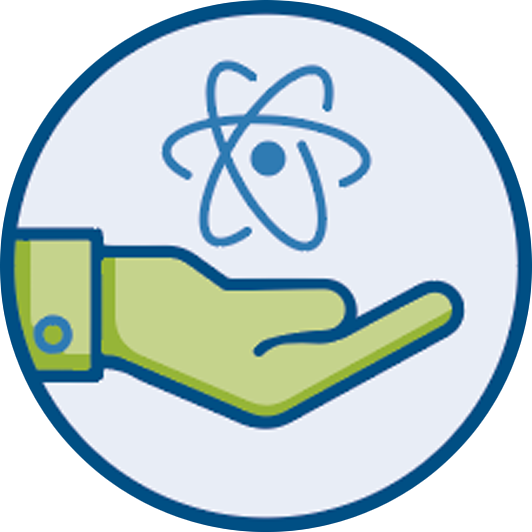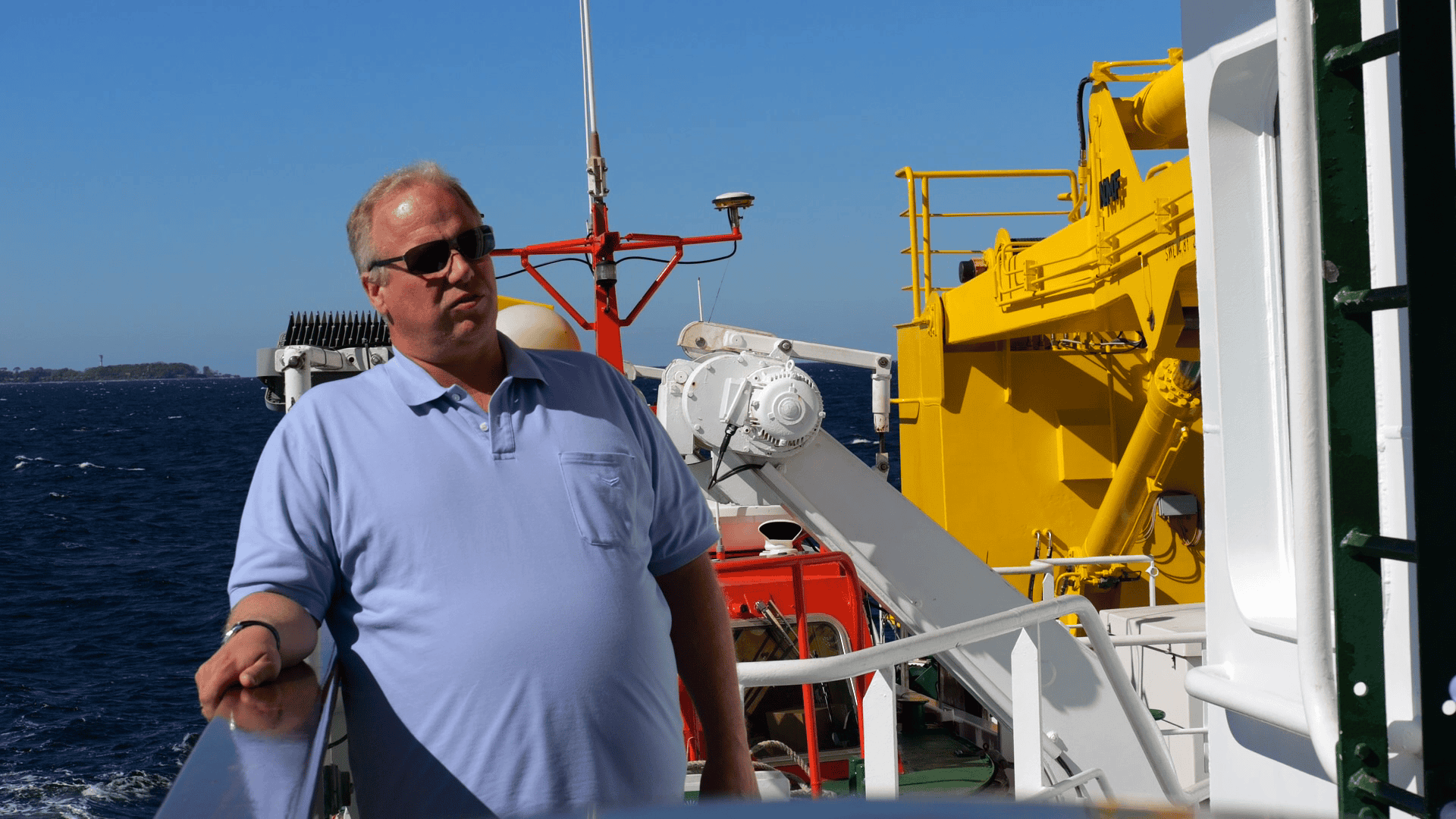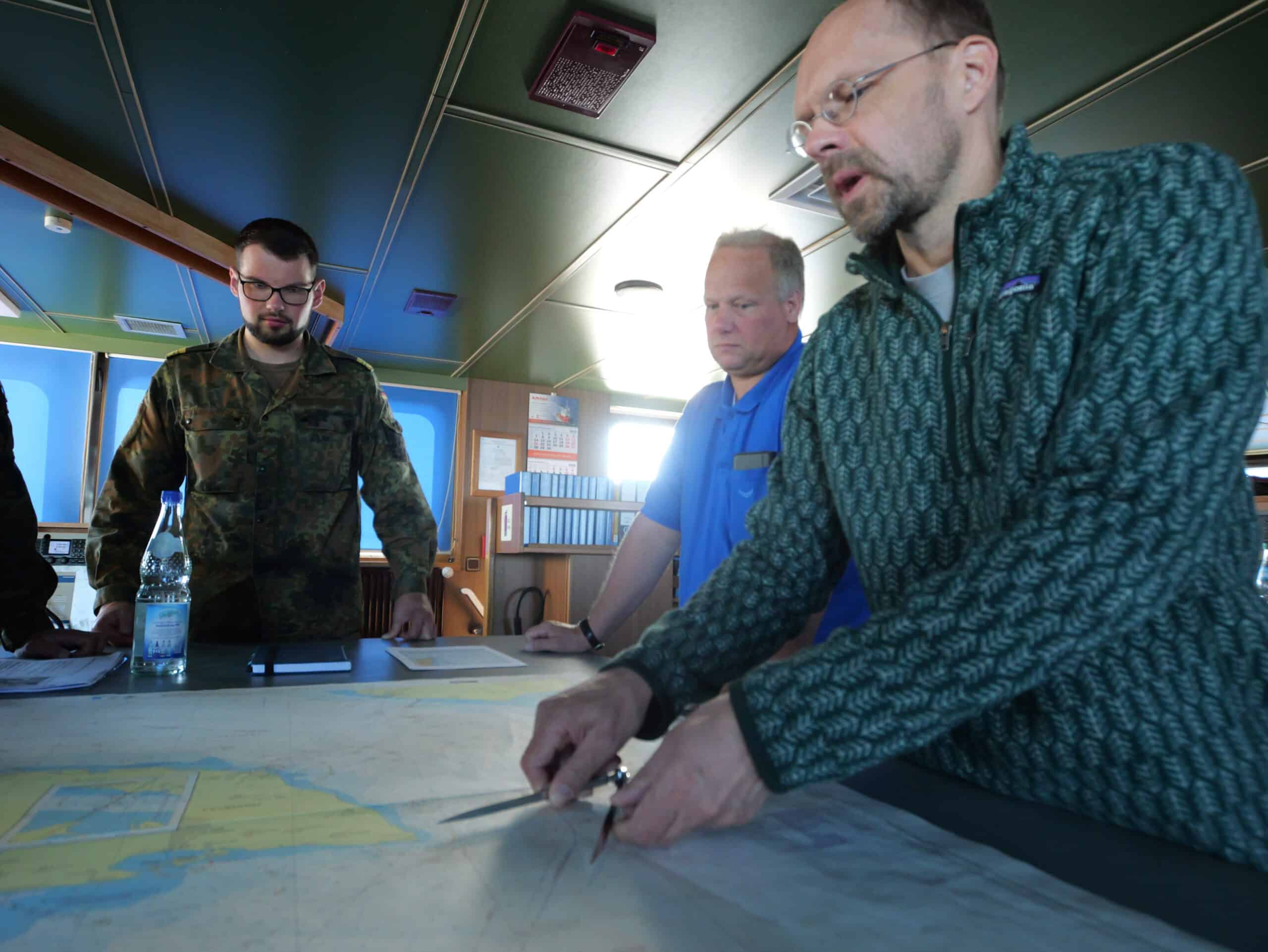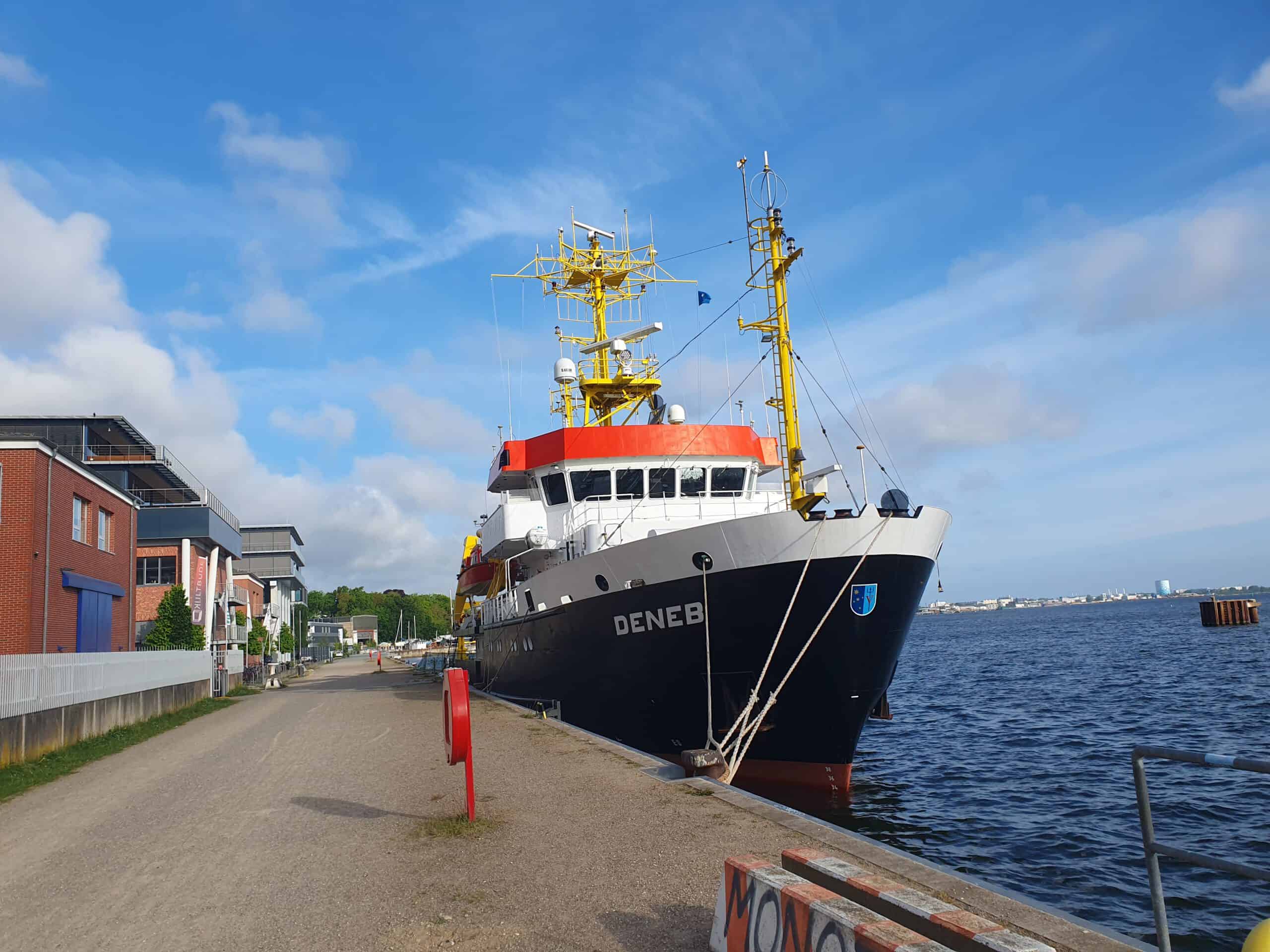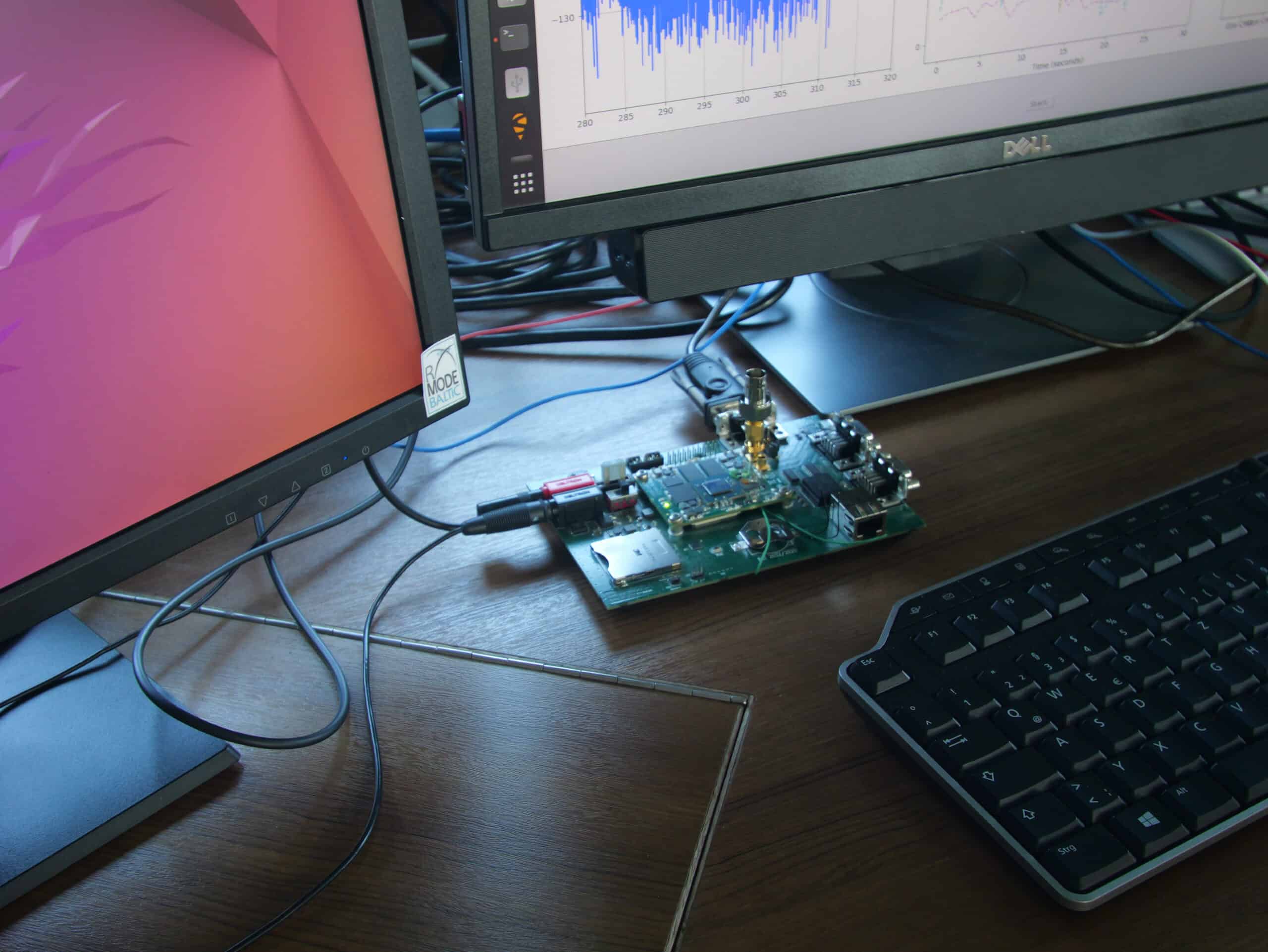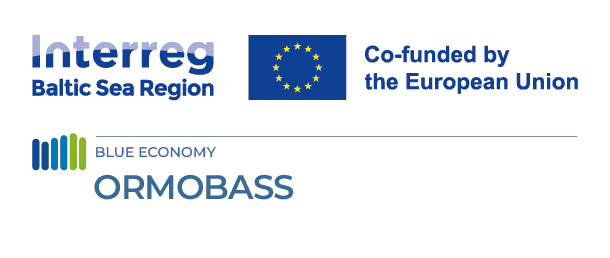
Interview: "Innovative, resilient, and hopefully soon: high availability."
22 May 2025
This project aims to establish an pre-operational R-Mode system for maritime navigation. During the tests in the Baltic Sea R-Mode test field, newly developed sensors and R-Mode receivers are being evaluated under real-world conditions. In this interview, Tobias Ehlers, as a key stakeholder in the project, shares insights into the progress of ORMOBASS and the potential impact of the R-Mode system on the safety and resilience of maritime navigation in the region.
What are you doing here, and why?
We are conducting a measurement campaign for the R-Mode, a terrestrial navigation system designed to improve navigation safety for ships at sea. This service will help ensure safe navigation and reduce reliance on satellite navigation systems. With this new system, we hope to make a significant impact on the resilience of ship navigation and increase safety at sea.
What makes this different, in your opinion?
The main difference is that we’re currently facing major threats such as jamming and interference with satellite navigation services. These threats must be addressed to ensure the safety of navigation and make positioning more reliable. Our solution is designed to fill this gap and improve navigation reliability.
If you had to describe the project in three words, what would they be?
Innovative, resilient, and hopefully soon: high availability.
What is the goal of your work? Where do you see it going?
The main focus of our work is to ensure safe shipping and reliable shipping routes. We want to maintain high environmental protection standards and prevent accidents caused by a lack of navigation data. These accidents can have severe environmental impacts, loss of life, and damage to goods. Our main goal is to enhance safety in today’s maritime industry.
What are the main challenges that need to be addressed?
One major challenge is raising awareness of the imminent threat posed by interference with GNSS services, especially in high-risk areas. Many vessels rely on these services, and interference can trigger numerous alerts and alarms on the bridge, making it difficult to navigate safely. We need to make people in the maritime transport sector aware of these risks. Standardization is also an issue, as international regulations don’t always move quickly. We need to push these innovations through the appropriate channels, but it’s a long process.
How can BSH make an impact on safe navigation?
As a country with direct access to the Baltic Sea, we’re aware of the unique challenges posed by narrow waterways, where there’s a high risk of collisions and groundings. We have traffic schemes and traffic management in place, especially in German waters. We’re focused on developing more resilient positioning, navigation, and timing systems to enhance safety. In the near future, we aim to push forward with new systems, research, and development to improve navigation safety.



